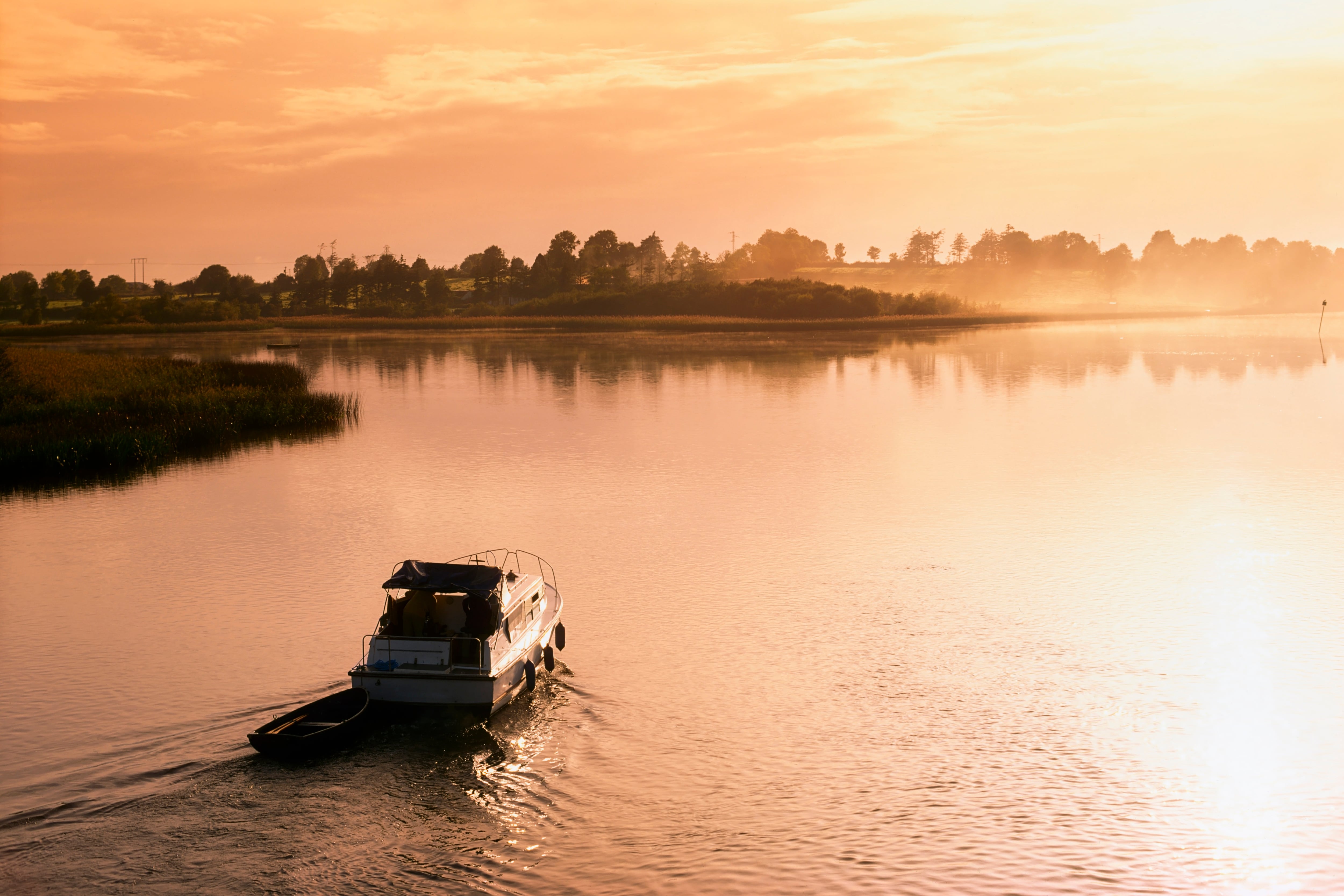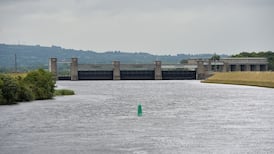The other week, a blurry photo of a badger wandering through a local urban park was posted to a few community WhatsApp groups in my area. We’re more used to pictures of baby ducks and missing dogs, so it prompted an understandable reaction: how the hell did it get here?
In an area defined more by concrete and cars than fields and woodland, it’s hard to imagine how a family of badgers might survive. But from sightings of them waddling down street stairwells in Edinburgh to individuals spotted in gardens on the Falls Road in Belfast, badgers might be following the trend seen in foxes a century ago, expanding their range into towns and cities.
In fairness, it’s humans who are doing the encroaching. Urban human populations have quadrupled since 1960 and are set to be home to 70 per cent of us within 25 years. Cities are quintessentially human spaces designed for social interaction, and as more of us live in them, the expanding built landscape will continue to put pressure on wildlife.
You couldn’t imagine a more off-putting and distressing habitat if you tried: noise and light pollution, endless disruption and the threats from people and their machines, and the constant danger of pet predation. Where green space is on offer in parks and gardens, it has often been a monoculture lawn with little to offer. And yet still they come, the red squirrels and peregrine falcons, otters and bats, adapting to life in a concrete jungle.
READ MORE
Humans, often inadvertently, can offer wildlife what they need. The black redstart, naturally a bird of mountain gorges and rocky hillsides in continental Europe, flourished in London in the early 1940s thanks in part to the Blitz, which reduced areas of the city to rubble and wasteland, mimicking the scree slopes of the Alps. As these places were regenerated and rebuilt, the population declined.
As cities expand and the green space on offer is limited, what is the most effective way to plan for nature? Should planners zone for wildlife? How many patches of wildflower meadows in public spaces do we need to ensure insects have enough food to survive? Urban areas are characterised by small, isolated and fragmented patches – how large do they have to be to best support viable populations of life? Should we prioritise connecting fragments of green spaces into wildlife corridors that weave continuously throughout an urban area to benefit highly mobile species such as butterflies?
Much-needed housing development is compatible with the creation of new habitats. In the case of the black redstart, London planners worked with ecologists to establish “green roofs” covered with a base of crushed brick and soil, with wildflower plants that grow at different heights, along with areas of open bare rubble. In 2012, the call of the black redstart – a sound similar to a jangling bag of marbles – was heard on a solar green roof on the London Olympic site. City planners in Amsterdam have taken the concept further and developed “blue-green roofs” designed to capture excessive rainwater to help mitigate flooding.
The first step is to know what’s out there. Helpfully, the National Biodiversity Data Centre in Waterford runs action for biodiversity.ie, a repository of surveys and action plans for nature commissioned by local authorities and community groups around the country.
A recent report uploaded on the site is a biodiversity action plan for Bray, Co Wicklow, published by the Bray Tidy Towns Group. The plan, written by ecologist Faith Wilson, details an extraordinary array of species found in the town, including some rarities such as the narrow-leaved marsh orchid and the pyramidal orchid. Bray Head is home to fulmars and peregrine falcons, and a population of swifts nest in buildings in the town.
Wilson lays out a wish list at the end of her plan for those inspired to action. For example, the restoration of the river Swan, a remarkable but struggling waterway that rises in the south of the town at the foothills of the Little Sugarloaf and flows north through Bray before joining the Dargle, could offer a high-impact and enticing project, creating a wildlife-rich corridor throughout the town.
The council’s intention to build a Swan river greenway could scupper the future chances of life returning to the river, but last year, Bray Tidy Towns Group commissioned an ecological survey of the entire waterway, and it’s a helpful guide for any future development.
Our evolving realisation of the mental and physical health benefits of being in nature is backed by research showing that green spaces in cities are strongly correlated with happiness and lower mental distress. Knowing there are badgers wandering around at night is a small reminder that, just like in rural areas, we share our spaces with wild creatures who will never stop trying to make urban areas their home.














